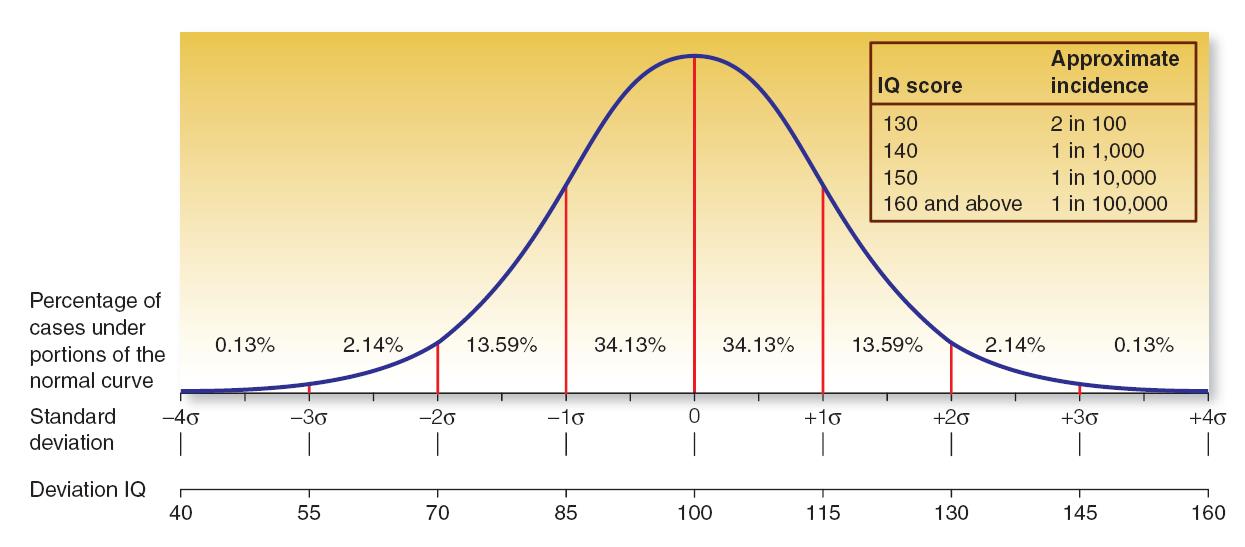Prevalence of Giftedness

Dr. Osama Mohamed Abdel Majeed Ibrahim
Talent
14
Prevalence refers to the proportion of any subgroup to the total population. Definitions of concepts that represent different subgroups (such as talent, etc.) are often based on normative judgments. Scholars have discussed the concept of a relative threshold, which separates people who fall into that particular category from those who do not. Determining a threshold is difficult because there are no clear-cut boundaries that mark the transition from one category (normal ability) to the next (talent). There is a proposed cutoff point or threshold, towards which some experts are more open and liberal, while others are more strict and conservative.
Unfortunately, there is no agreed-upon classification of the prevalence of talent. Researchers' assumptions about prevalence have ranged from 1% of the population as a whole, as Terman (1925) suggested, with an initial IQ of 135, or the 3-5% Marland definition, to the 20% suggested by Renzulli for the talent pool in the revolving door model. Because there is no "right" answer, experts in the field must ultimately agree on the "best" generalizable option.
Gagne's Giftedness and Talent model proposes a five-level metric-based scoring system with 10% as an initial critical value. Although this threshold for measuring giftedness is slightly tilted toward the flexible pole of the range seen in the educational literature, the five-level scoring of giftedness achieves some balance. These levels are labeled moderate, average, high, exceptional, and prodigious (extremely), respectively. Following the rules of this metric system, each group is 10% higher than the previous group. The following table shows these five groups, their corresponding percentages in the general population, and their corresponding IQ scores.
Gagné's leveling system for the gifted community
| Level | Label | Percentage of population | Intelligence level | Standard deviation |
|---|---|---|---|---|
| 5 | Profoundly gifted | 1:100000 | 165 | +4.3 |
| 4 | Exceptionally gifted | 1:10000 | 155 | +3.7 |
| 3 | Highly gifted | 1:1000 | 145 | +3.0 |
| 2 | Moderately gifted | 1:100 | 135 | +2.3 |
| 1 | Mildly gifted | 1:10 | 120 | +1.3 |

Children with exceptional mental gifts, with an IQ of 155 or higher, make up about 1 in 10,000 of the population. Even within the gifted population, the prevalence of exceptionally gifted students is about 1 in 1,000, making up about 1 in 30 to 40 of the homogeneous groups of gifted students. Teachers of gifted students are likely to encounter at most a few such students throughout their careers.
It should be noted that exceptional talent is a very rare phenomenon. So when we present examples of children with extraordinary abilities to groups of parents or teachers, we risk conveying a distorted picture of the reasonably gifted and talented. If we present talent as an extraordinary phenomenon, school administrators may argue that this rare group does not require a large investment of time and capital to accommodate their special needs.
Did you benefit from the information provided on this page?
visitors liked this page